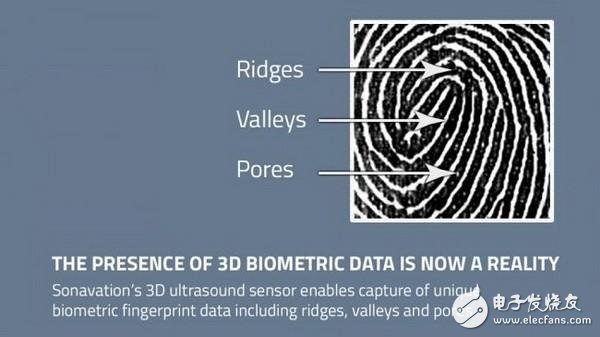Touch ID is a new design introduced by Apple during the iPhone 5s period. It integrates capacitive fingerprint sensors under the Home button to achieve accurate fingerprint recognition for identity authentication such as unlocking and payment. After that, the fingerprint sensor has become a new trend of smart phones, which is very helpful for promoting mobile payment and realizing safer mobile phone applications.
Compared to the optical technology of early business notebooks, capacitive fingerprint sensors are already very advanced, with high recognition rate and safer features, but one drawback is that it needs to be designed as a round or rectangular button that is placed on the screen. Below or the back of the fuselage. Obviously, this does not help the phone without button design.
Rumor has it that Apple will launch a newly designed iPhone in 2017. One of the changes is to cancel the Home button, and the Touch ID will be moved to the bottom of the screen for a more compact design. So how exactly do you achieve it?
Integrate the fingerprint sensor under the screen

Earlier this year, LG Innotek released an advanced fingerprint sensor technology that can be integrated under the touch screen for a more compact and integrated design. LG said that the technology can also support a more flexible fingerprint recognition area, and because it is integrated under the high-strength glass panel, there is no need to worry about button scratches or mobile phone water. Obviously, if Apple does not develop its own technology, it is very likely to adopt LG's solution.
Ultrasonic technology is another option

In addition to integrating the sensor under the glass panel, another "invisible" fingerprint sensor technology is based on ultrasound. In fact, in May of this year, Apple applied for a patent related to ultrasonic fingerprint sensor, which uses the core technology of SonavaTIon, which can identify the user's finger press and fingerprint details through ultrasonic impedance. The ultrasonic wave can pass through including metal, glass, OLED, plastic. A variety of materials.
In addition, ultrasonic fingerprint technology can pass through a surface with a thickness of 1mm, which means that most mobile phone screen panels are not a problem, and at the same time, lower power consumption can be achieved, which is more helpful for power saving of mobile phones. A better part is that the ultrasonic technology solves the shortcomings of the current capacitive sensor, which improves the accuracy of recognition.
summary
There is no doubt that no button is a trend in smartphone design, and fingerprint sensors will not disappear. After all, more and more users are used to fingerprint unlocking and payment, and invisibility is inevitable. I believe that next year, we will see a mobile phone with a new type of fingerprint sensor, and the iPhone is likely to be one of the pioneers.
Solar Street Light,High Quality Solar Street Light,Solar Street Light Details, CN
Wuxi Shengda Yukun Energy Development co.,Ltd , https://www.xlite-solarlight.com